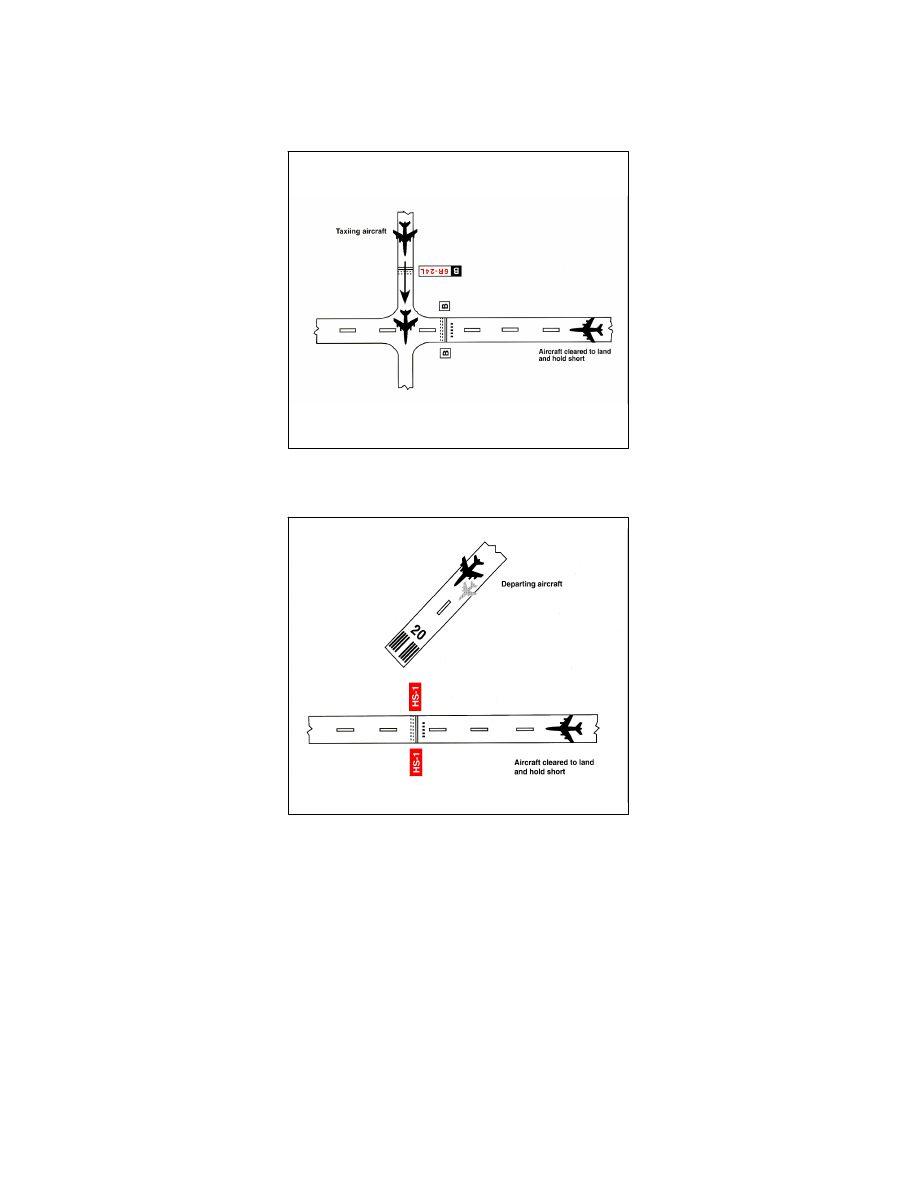
AIM
4/20/23
FIG 4
−
3
−
9
Land and Hold Short of an Intersecting Taxiway
FIG 4
−
3
−
10
Land and Hold Short of a Designated Point on a Runway Other Than an Intersecting Runway or Taxiway
5.
If, for any reason, such as difficulty in discerning the location of a LAHSO intersection, wind conditions,
aircraft condition, etc., the pilot elects to request to land on the full length of the runway, to land on another
runway, or to decline LAHSO, a pilot is expected to promptly inform air traffic, ideally even before the clearance
is issued. A LAHSO clearance, once accepted, must be adhered to, just as any other ATC clearance, unless an
amended clearance is obtained or an emergency occurs. A LAHSO clearance does not preclude a rejected
landing.
6.
A pilot who accepts a LAHSO clearance should land and exit the runway at the first convenient taxiway
(unless directed otherwise) before reaching the hold short point. Otherwise, the pilot must stop and hold at the
hold short point. If a rejected landing becomes necessary after accepting a LAHSO clearance, the pilot should
maintain safe separation from other aircraft or vehicles, and should promptly notify the controller.
7.
Controllers need a full read back of all LAHSO clearances. Pilots should read back their LAHSO
clearance and include the words, “HOLD SHORT OF (RUNWAY/TAXIWAY/OR POINT)” in their
4
−
3
−
18
Airport Operations